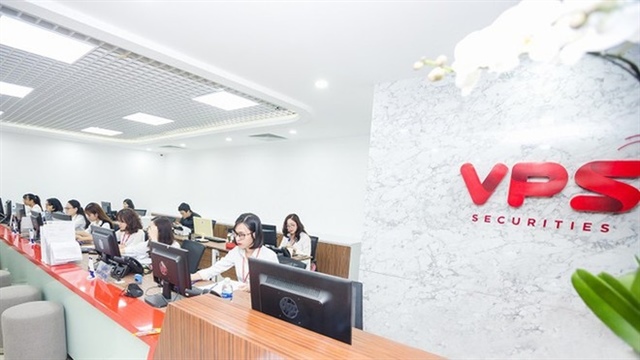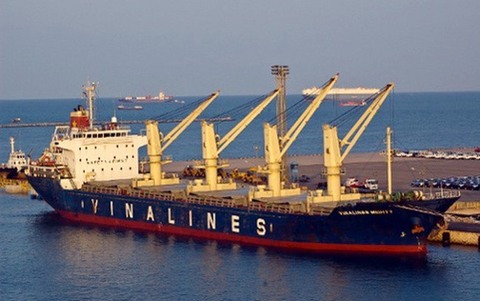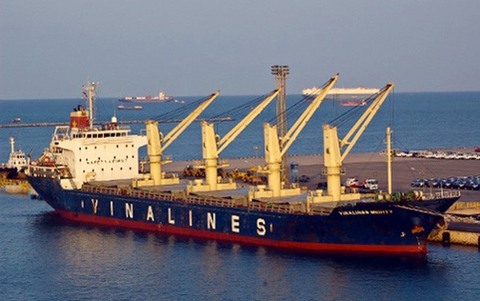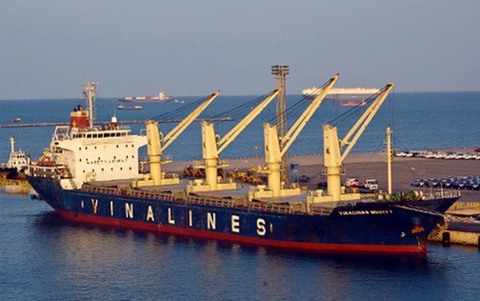Profit of Agribank surges ahead on the threshold of equitisation
Profit of Agribank surges ahead on the threshold of equitisation
Agribank’s revenue in the first half of 2018 increased by 37 per cent, which is a positive signal for the bank before its IPO, but problems with capital pose a threat to success.
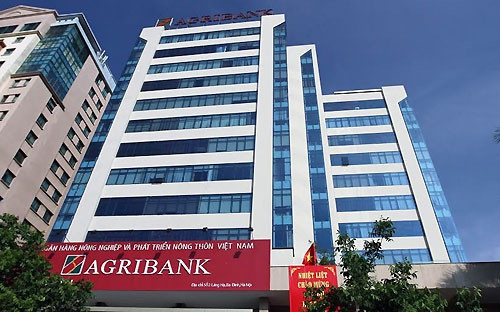
Leading the market in total assets
Vietnam Bank for Agriculture and Rural Development (Agribank) has just released its semi-annual financial report for 2018.
According to the report, by the last day of June 2018, the total assets of Agribank reached nearly VND1.24 quadrillion ($53.1 billion), 3.9 per cent more than at the beginning of the year. Outstanding loan balance was VND925.217 trillion ($40.94 billion), up 5.6 per cent. Customer deposits was at VND1.05 quadrillion ($46.6 billion), increasing by 4.5 per cent, in which demand deposits accounted for 11.2 per cent.
Therefore, Agribank leads the market in terms of total assets and the market share of deposits and loans.
However, owing to the poor profitability of operations and implementing many credit policy programmes, Agribank’s profit is still behind others. However, the bank’s profit has strongly increased in the first six months in most sectors.
Specifically, in the first half of 2018, the bank’s net profit reached VND14.19 trillion ($6.28 billion) (excluding operating costs), increasing by 24.3 per cent compared to the corresponding period in last year. The main source of income was credit, with VND19.13 trillion ($8.46 billion) in net profit (including expenses and provision). Despite of accounting for a smaller ratio, the service sector still grew 27 per cent.
Net interest increased sharply, while the provision ratio for NPLs (non-performing loans) decreased slightly, so Agribank’s pre-tax profit increased, by 37 per cent, reaching VND3.79 trillion ($1.67 billion).
The most noticeable point was that the NPL of Agribank fell sharply, as Agribank NPL at Vietnam Asset Management Company (VAMC) decreased from VND18.99 trillion ($8.4 billion) to VND9.59 trillion ($1.68 billion). The NPL ratio of Agribank is now only 3.2 per cent, plummeting from 4.15 per cent in 2017 and 6.38 per cent in 2016.
Difficulties in raising capital
According to plan, the bank's equitisation plan will be approved in this October and by the end of 2018 the value of the enterprise will be determined. The improvement in finances just before equitisation is a positive sign for the Initial Public Offering (IPO) of Agribank.
However, Trinh Ngoc Khanh, chairman of the Agribank board of members, thought that there will be some difficulties in the IPO. The earliest the bank can do the IPO may be in 2020 due to capital issues.
At present, the bank owner’s equity is VND69.81 trillion ($3.08 billion), in which tier I capital is VND45.36 trillion ($2.01 billion) (including more than VND30 trillion – $1.32 billion of charter capital) and tier II capital is VND24.45 trillion ($1.81 billion).
Agribank used to have the largest charter capital in the banking system, but has now dropped to the bottom rung. While commercial banks can mobilise capital from the market, Agribank depends entirely on its own budget because it is 100 per cent state-owned. There is constant overspending, resulting in a steady drop in the bank's capital supply.
Due to the slow increase in owner’s equity as the demand for credit increases rapidly, the CAR (Capital Adequacy Ratio) of Agribank as well as other state-owned commercial banks be at the risk of slowing down. This will affect the development as well as the credit growth of Agribank, therefore, the bank is in need of funding from the Ministry of Finance.
At present, 70 per cent of the total outstanding loans of Agribank are agricultural loans, making up 50 per cent of total agricultural loans in the country. If Agribank's credit growth slows down to meet capital adequacy targets, capital for agriculture will surely decrease and the credit policy programmes of the government will also be affected.
Besides the delayed funding, the interest payable by the government to cover credit policy programmes have not been tranferred to Agribank yet. Trinh Ngoc Khanh said that apart from mobilising capital like other commercial banks, Agribank is using a large part of its credit funds for priority areas. The interest rate applied by Agribank for these sectors is at a preferential rate of 6.5 per cent.
Agribank’s revenue in the first half of 2018 increased by 37 per cent, which is a positive signal for this bank on the threshold of its IPO, but the problem in capital persists and draws into question the success of the IPO.



